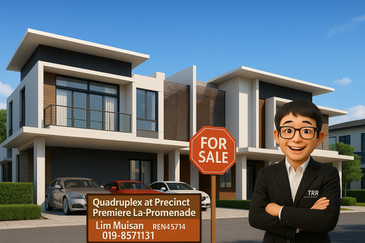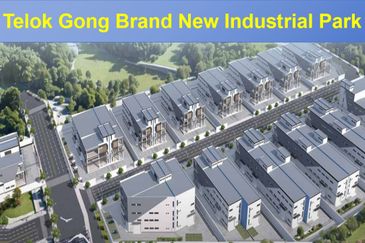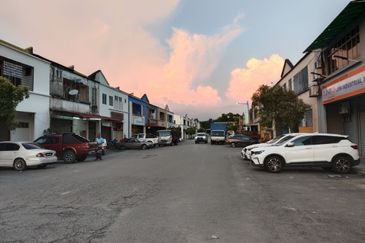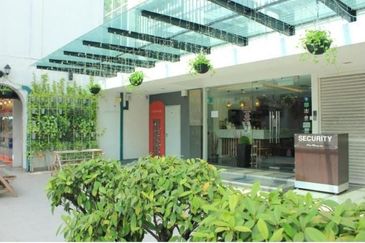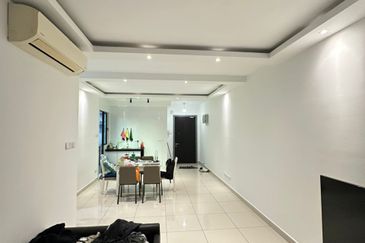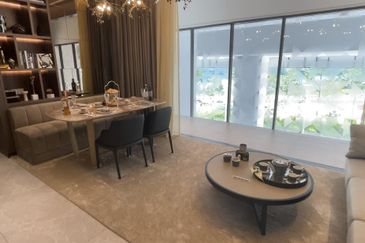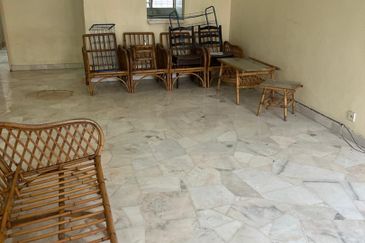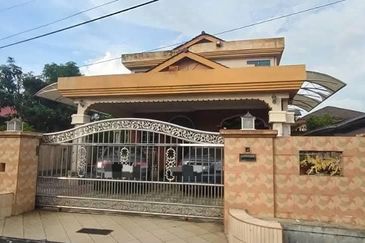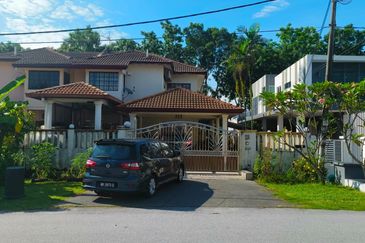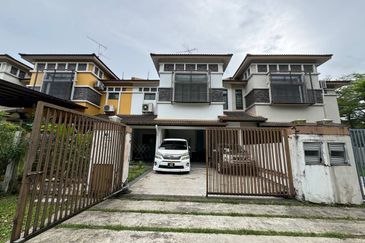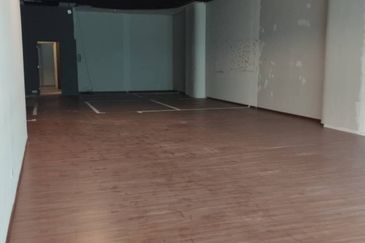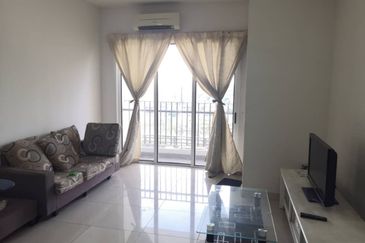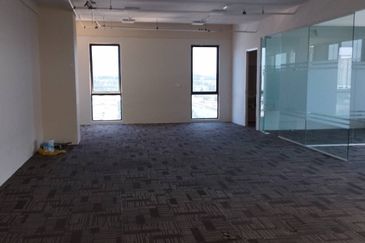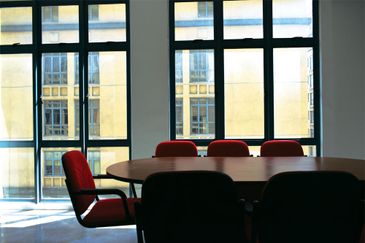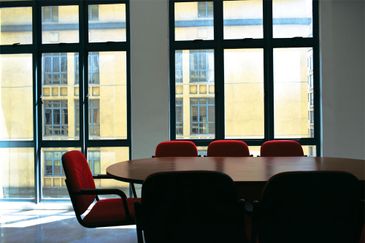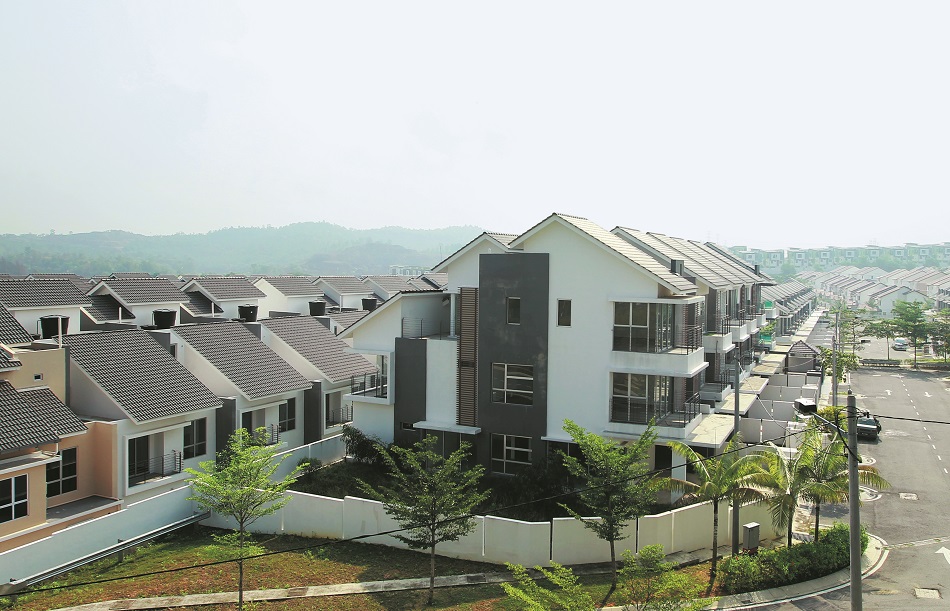
LOCATED 35km north of Kuala Lumpur, Rawang in Selangor was once a busy tin mining town which had recorded a number of “firsts” in the country. It was the first town in Malaya to have electricity supplied by the British, therefore making it the first town to have electric street lights. The Rawang Railway Station was the first station that had electricity supply.
 Rawang was one of the earliest established towns in Malaysia (since 1825). “In fact, at one time, some developers rushed into Rawang because there were plans for the new Kuala Lumpur International Airport (KLIA) to be located in the northern region of the Klang Valley, which includes Rawang, Bukit Beruntung and Serendah,” Laurel Cap Sdn Bhd director Stanley Toh tells TheEdgeProperty.com.
Rawang was one of the earliest established towns in Malaysia (since 1825). “In fact, at one time, some developers rushed into Rawang because there were plans for the new Kuala Lumpur International Airport (KLIA) to be located in the northern region of the Klang Valley, which includes Rawang, Bukit Beruntung and Serendah,” Laurel Cap Sdn Bhd director Stanley Toh tells TheEdgeProperty.com.
However, KLIA ended up being built in the south instead — in Sepang, to be exact.
“Most of the developers who invested in the northern parts, including Rawang, were stuck. Coupled with the Asian Financial Crisis as well as the lack of growth catalysts, some projects were either abandoned or had problems selling. At that time, many purchasers had to sell their properties (in Rawang) at a loss,” Toh says.
More than two decades have passed since and properties in Rawang are getting the attention of developers and homebuyers once again. Its relatively cheaper real estate compared with places like Petaling Jaya and Subang Jaya as well as the area’s improved connectivity and amenities have raised its profile as a property investment spot.
“In the last five years, Rawang has developed rapidly as a major suburb given the enhanced infrastructure, public amenities and connectivity from Sungai Buloh, Petaling Jaya and the Kuala Lumpur city centre. Its affordable real estate has attracted demand and this is supporting the growth of its property market,” says VPC Alliance (Malaysia) Sdn Bhd managing director James Wong.
Agreeing with Wong, Vivahomes Realty’s Rawang specialised team manager Mike Yap also says Rawang’s property development landscape and property market have grown significantly in recent times.
 “Three years ago, a 2-storey linked house cost RM100 psf to RM200 psf, but today the price has more than doubled to about RM300 psf to RM400 psf,” Yap says.
“Three years ago, a 2-storey linked house cost RM100 psf to RM200 psf, but today the price has more than doubled to about RM300 psf to RM400 psf,” Yap says.
He adds that prices of terraced homes in Rawang have grown significantly in recent years due to a hike in demand from homebuyers outside Rawang such as in Kepong, Selayang, Petaling Jaya, Kuala Lumpur and Puchong.
Based on the secondary market deals he closed in Rawang, Yap says only about 20% of buyers were actually from Rawang. He believes that there is a similar ratio of buyers in the primary market.
“When more terraced homes became unaffordable in these other places, homebuyers looking for terraced homes will look at Rawang, because it is still offering terraced houses priced mainly between RM400,000 and RM600,000,” says Yap.
Housing areas with highest price growth
There are more than 10 completed housing estates in Rawang with one of the earliest being Taman Sri Rawang by Sin Heap Lee Development Group back in 1985. The development offers mostly 1.5-storey and 2-storey terraced houses.
Meanwhile, VPC Alliance’s Wong says the consultancy found that the top three performing housing townships in Rawang in terms of capital appreciation so far are Bandar Tasik Puteri, Taman Rawang Perdana and Taman Bukit Rawang Jaya.
 The 2,670-acre Bandar Tasik Puteri is 30 minutes away from Kuala Lumpur and surrounded by amenities such as a golf club, schools, shopping mall and is only a short distance to an interchange under construction that connects to the LATAR Expressway. According to Wong, terraced houses recorded an average of RM152 psf as of June this year compared with RM131 psf last June, a 16% year-on-year (y-o-y) increase.
The 2,670-acre Bandar Tasik Puteri is 30 minutes away from Kuala Lumpur and surrounded by amenities such as a golf club, schools, shopping mall and is only a short distance to an interchange under construction that connects to the LATAR Expressway. According to Wong, terraced houses recorded an average of RM152 psf as of June this year compared with RM131 psf last June, a 16% year-on-year (y-o-y) increase.
Closer to Rawang’s old town is Taman Rawang Perdana, which consists mainly of 2-storey terraced houses. According to data provided by Wong, double storey terraced houses with built-up sizes of 1,539 sq ft have been sold at RM312 psf as of June this year compared with RM299 psf last June.
Next to Taman Rawang Perdana is Taman Bukit Rawang Jaya. It is also a double storey terraced housing development with smaller built-up sizes at an average of 900 sq ft. The transaction price psf grew 9.2% y-o-y to RM178 psf as of June this year from RM163 psf a year ago.
“Terraced properties that are closer to the Rawang town centre such as Kota Emerald and Bandar Country Homes saw a slight price increase in the current slow market, whilst prices of terraced properties located near to the highway were stagnant,” Wong says.
LaurelCap’s Toh says Rawang is one of the bright spots for investors in the current market slowdown.
“Notable developers which have had a footing in Rawang for several years include GuocoLand Bhd (developer for Kota Emerald) and Hong Bee Land (developer for Anggun City). Over the last five to six years, developers here registered very encouraging sales especially for their 2-storey terraced houses,” Toh says.
Future growth
The main draw of Rawang’s terraced homes is their affordability as well as their accessibility, including good highway access such as the LATAR Expressway, North-South Expressway and Guthrie Corridor, Toh adds.
Meanwhile, according to Vivahomes’ Yap, DA Land Sdn Bhd’s The TWO integrated development is said to be the area’s biggest growth catalyst in future.

“In fact, many clients decided to buy properties in Rawang because of The TWO, which will house the biggest retail mall with an indoor theme park in Malaysia. They believe property prices will spike when the mall is completed,” Yap says.
Located about 10 to 15 minutes away from the Rawang toll, The TWO’s phase one has a total net lettable area (NLA) of 1,173 million sq ft. Phase two will have a total NLA of 952,767 sq ft (excluding two apartment blocks) and phase three, 944,770 sq ft. Launched in 2011, The TWO is scheduled for completion in 2020.
Meanwhile, LaurelCap’s Toh points out that the main challenge about living in Rawang is its traffic congestion and poor road conditions.
“However, some upgrading road works are being done now, including widening of the roads after the Rawang toll plaza, as well as turning the Rawang-Batang Berjuntai trunk road into a dual carriageway to relieve the bottleneck which has been the main cause of traffic congestion,” Toh says.
With such improvements to the infrastructure and public amenities in the area, he believes Rawang is moving in the right direction.

Try out one of our super tools, the rental yield calculator, here.
This story first appeared in TheEdgeProperty.com pullout on Aug 5, 2016, which comes with The Edge Financial Daily every Friday. Download TheEdgeProperty.com pullout here for free.
TOP PICKS BY EDGEPROP
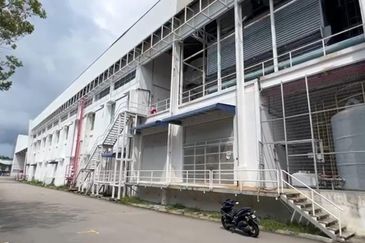
Bayan Lepas Industrial Park
Bayan Lepas, Penang
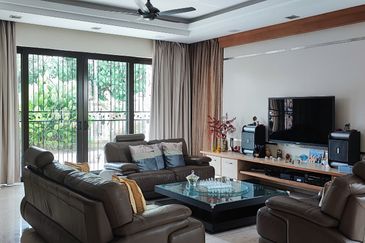
USJ Avenue @ USJ Heights
Subang Jaya, Selangor



hero.jpg?GPem8xdIFjEDnmfAHjnS.4wbzvW8BrWw)
